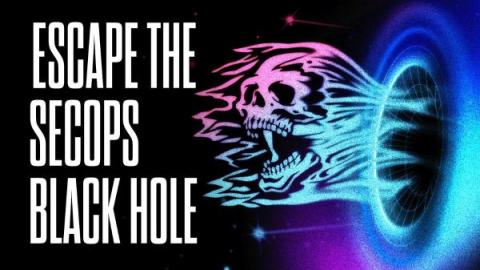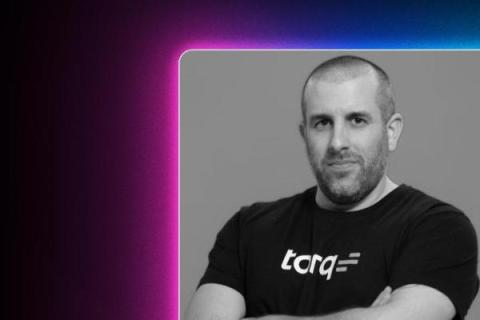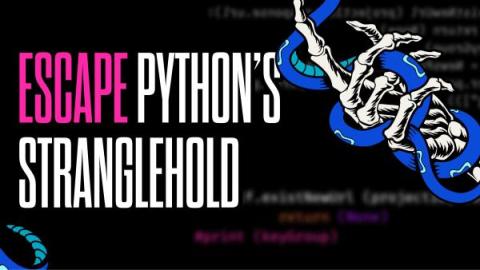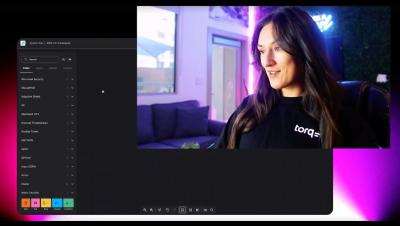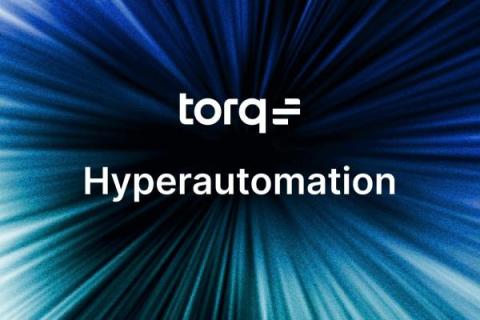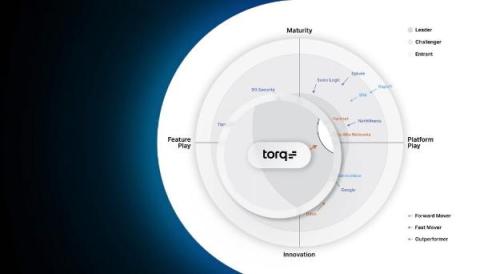Evade the SecOps Black Hole: A Five-Tier Approach to a Hyperautomated SOC
There’s a term to describe what happens to something that gets sucked into a black hole: “spaghettification.” The gravitational pull of a black hole is so forceful, that it is believed to stretch and compress objects into long thin shapes resembling spaghetti. SOC analysts spend their days trying to avoid being sucked into the black hole of overwhelming security events and alerts. They’re fighting to not be spaghettified.


